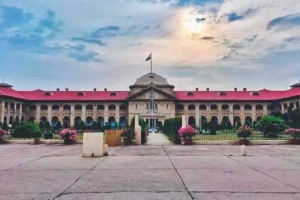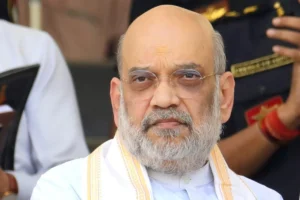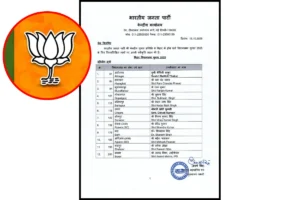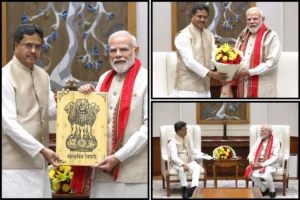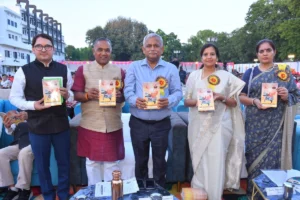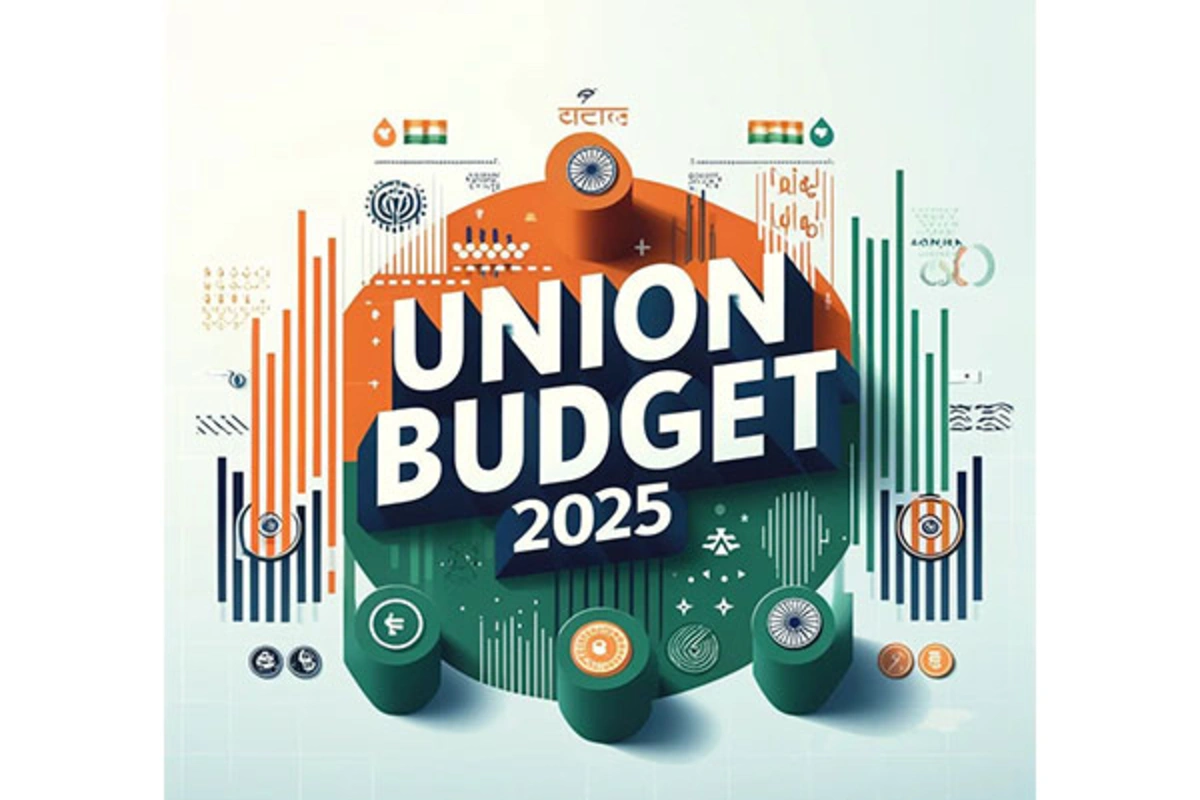
The Budget 2025-26 is part of India’s long-term vision, starting in 2014 and aiming for 2047, marking 100 years of independence. It is a blueprint to transform India’s economy. The plan blends growth-focused investments with reforms in agriculture, MSMEs, infrastructure, and exports, all backed by prudent fiscal management.
Key reforms like GST, digitization, and financial inclusion have shaped the economy since the NDA government took charge. The Finance Minister, Nirmala Sitharaman, highlighted four key drivers of development: agriculture, MSMEs, investment, and exports.
Agriculture gets major attention in this Budget. The goal is to boost productivity in 100 low-productivity districts. Initiatives include improving seeds, promoting crop diversification, enhancing storage, and expanding irrigation systems.
Aldo Read: Budget 2025-26: Boosting Growth With Smart Spending And Tax Relief
Tourism also receives a boost. The Budget plans to ease travel for foreign tourists, develop key tourist sites, and promote medical tourism in partnership with private players.
MSMEs, the backbone of manufacturing and employment, are set to benefit from enhanced classification criteria, raising investment and turnover thresholds. Sector-specific schemes, including those for footwear, leather, toys, and food processing, aim to increase competitiveness, job creation, and exports.
The government’s investment strategy focuses on people, economy, and innovation. Initiatives include scaling up schemes like Saksham Anganwadi and Poshan 2.0, setting up 50,000 Atal Tinkering Labs, and improving digital connectivity in rural schools and healthcare centers.
FDI in the insurance sector is now at 100%, which will expand the social security safety net for citizens. The Budget also reduces duties on life-saving cancer medicines, showing sensitivity to public health.
The central focus is exports. The Budget establishes an Export Promotion Mission to support MSMEs and coordinate export credit. It also launches BharatTradeNet, a digital platform for trade documentation and financing. Efforts to integrate domestic manufacturing with global supply chains and establish Global Capability Centres (GCCs) in Tier-II cities are key highlights.
This Budget sets the stage for a dynamic, inclusive, and export-driven economy.
To read more such news, download Bharat Express news apps







